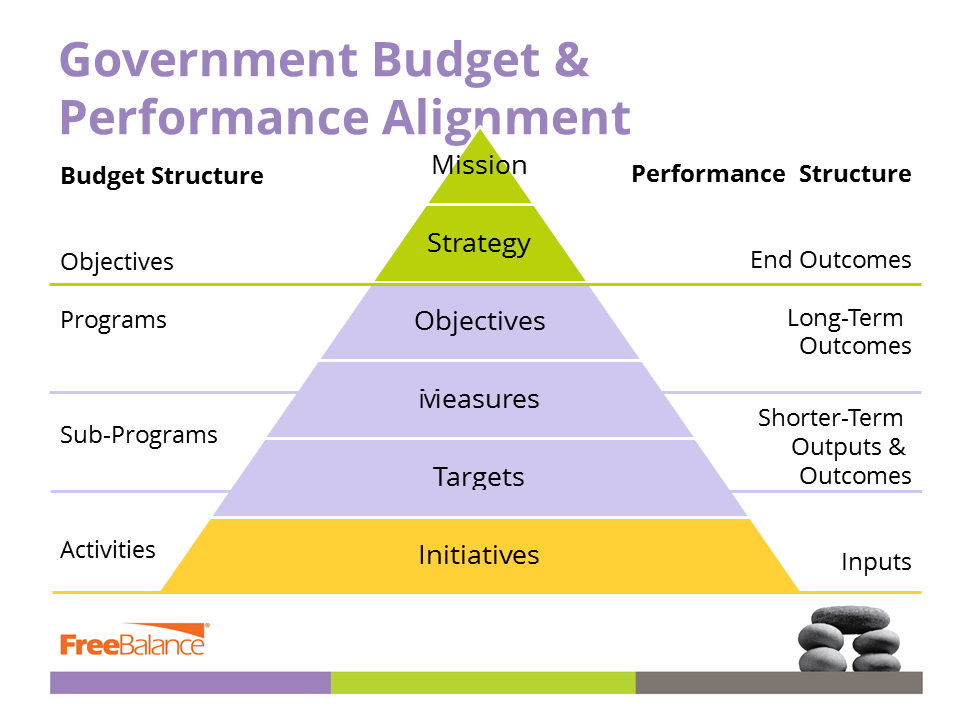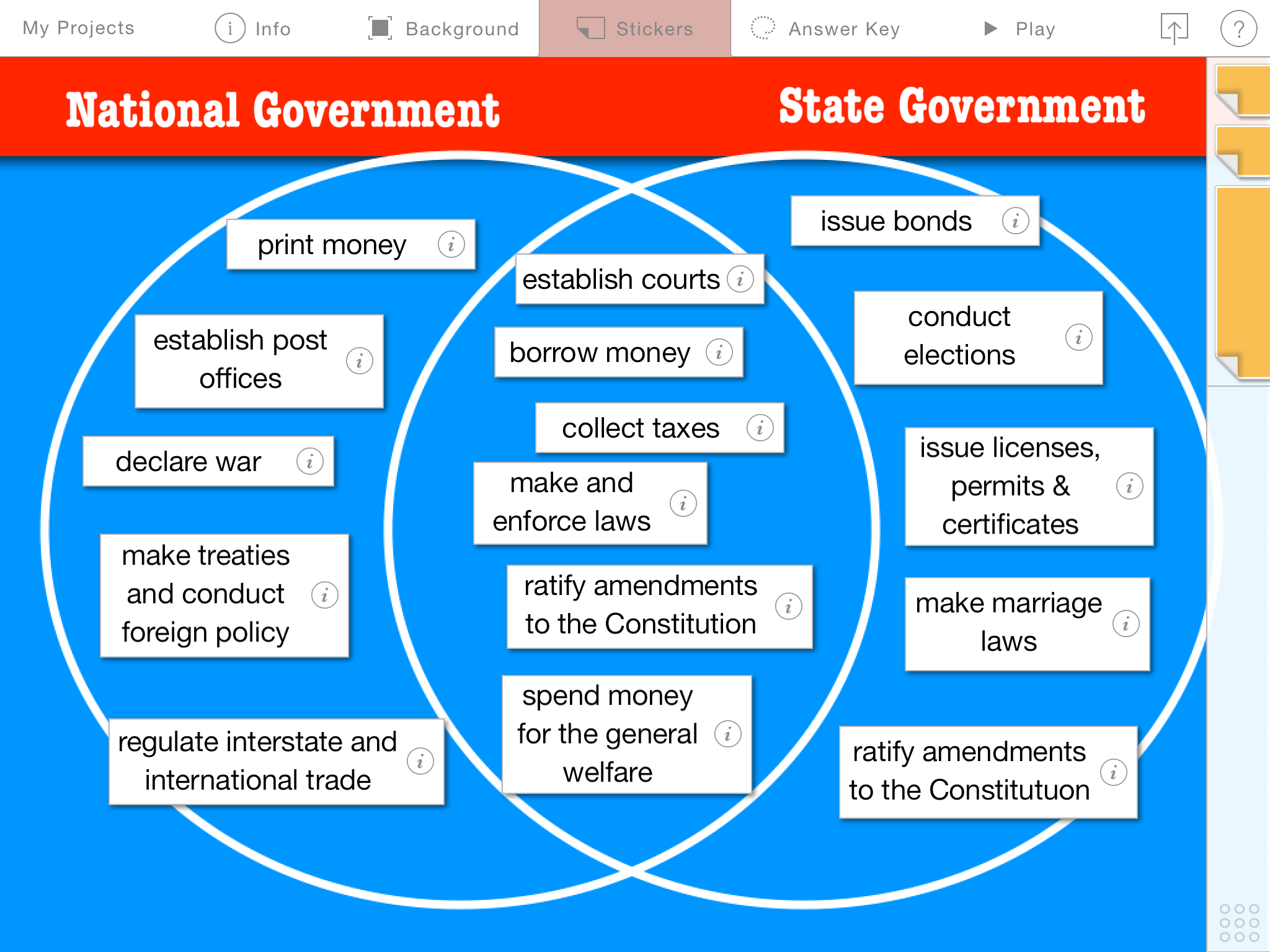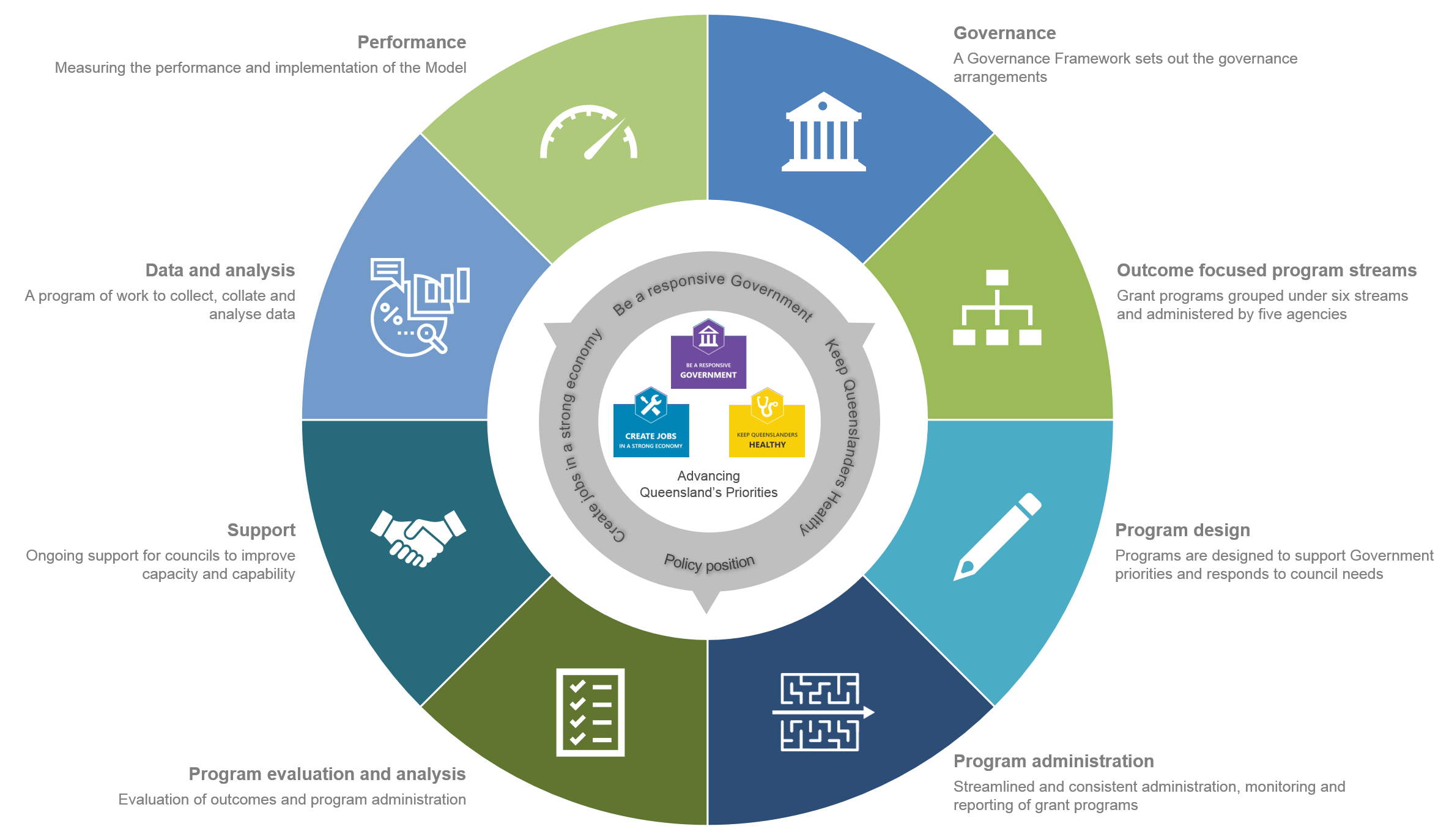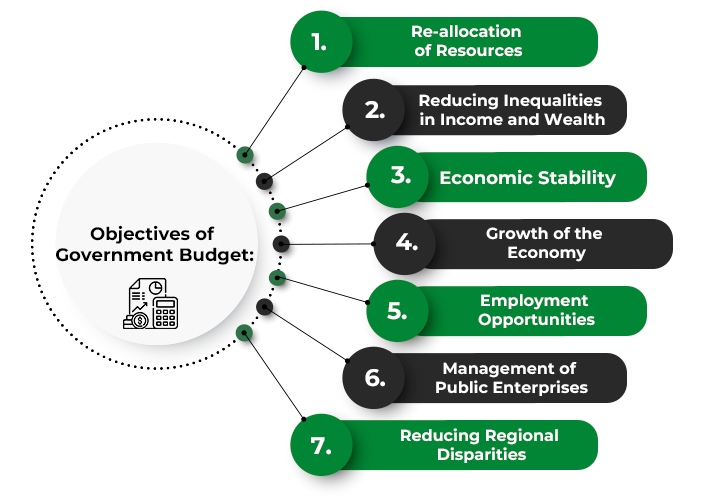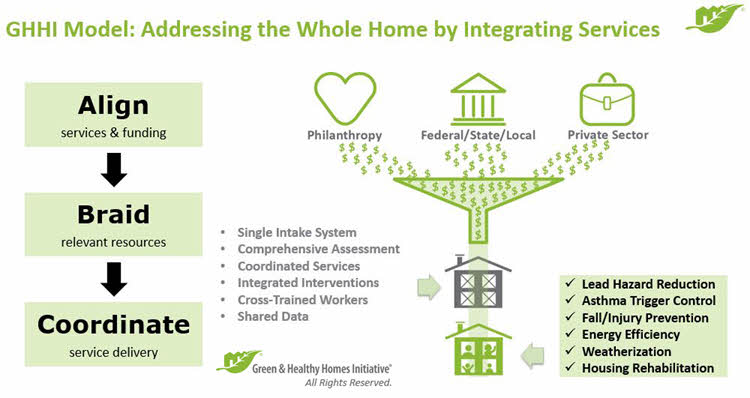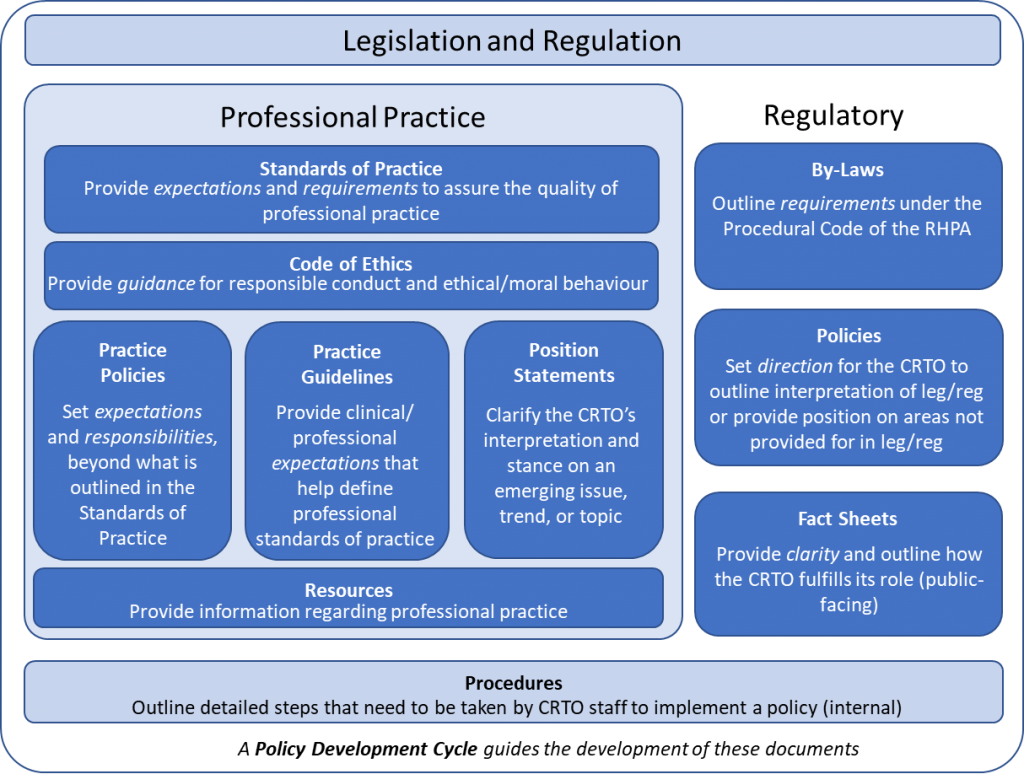How The Federal Government Aligns Resources And Delivers

Federal agencies are scrambling to reroute emergency funding and personnel as Hurricane Delta barrels towards the Louisiana coast. This rapid response underscores the government's multi-faceted approach to disaster relief and resource alignment.
The Federal Emergency Management Agency (FEMA) is spearheading the operation, coordinating with state and local authorities to minimize impact and expedite recovery efforts.
Emergency Declarations and Funding Allocation
President Trump issued an emergency declaration for Louisiana, authorizing FEMA to provide federal assistance. This unlocks immediate access to the Disaster Relief Fund, a crucial resource pool.
According to FEMA, initial allocations focus on pre-staging supplies and personnel. This includes water, food, blankets, and medical teams deployed strategically across the projected impact zone.
Personnel Deployment and Logistical Support
The National Guard has been activated, with thousands of troops mobilized to assist with evacuations and security. Engineers are on standby to assess infrastructure damage and initiate repairs.
The U.S. Army Corps of Engineers is deploying specialized teams equipped to restore power and clear debris. These resources are crucial for facilitating rescue operations and restoring essential services quickly.
FEMA is also coordinating with the Department of Transportation to ensure roadways remain passable for emergency vehicles. Strategic routes are being cleared and monitored to prevent bottlenecks and delays.
Interagency Collaboration and Resource Sharing
The Department of Health and Human Services (HHS) is working to ensure medical facilities have adequate resources and staffing. This includes coordinating the transfer of patients from vulnerable areas to safer locations.
HHS is also deploying Disaster Medical Assistance Teams (DMATs) to provide on-the-ground medical support. These teams are equipped to handle a wide range of medical emergencies, from minor injuries to critical care.
The Department of Energy is working to restore power grids and address fuel shortages. They are coordinating with utility companies to expedite repairs and ensure access to critical energy resources.
Communication and Public Awareness
FEMA is utilizing social media and traditional media to disseminate crucial information to the public. Real-time updates on evacuation orders, shelter locations, and safety precautions are being shared widely.
The National Weather Service is providing continuous weather updates and tracking the storm's trajectory. This information is essential for enabling informed decision-making by both the government and the public.
Efforts are underway to combat misinformation and ensure accurate reporting about the hurricane's impact. Transparency and factual information are critical for maintaining public trust and safety.
Challenges and Ongoing Efforts
The sheer scale of the hurricane poses significant logistical challenges. Coordinating the movement of personnel and resources across multiple states requires meticulous planning and execution.
FEMA is working to address potential supply chain disruptions caused by the storm. Alternative routes and suppliers are being identified to ensure the uninterrupted flow of essential goods.
The long-term recovery phase will require sustained collaboration and resource allocation. The federal government is committed to supporting the affected communities throughout the rebuilding process, according to FEMA Administrator Deanne Criswell.
Future Preparedness and Mitigation
The government is continuously evaluating its disaster response strategies and identifying areas for improvement. Lessons learned from previous events are being incorporated into future preparedness plans.
Investments in infrastructure resilience are crucial for mitigating the impact of future storms. The Biden Administration is prioritizing projects that strengthen infrastructure and reduce vulnerability to natural disasters.
Ongoing research and development efforts are focused on improving weather forecasting and early warning systems. Enhanced predictive capabilities will enable more effective preparedness and response measures.
Next steps involve continuous monitoring of the storm, immediate response to affected areas, and plans for long-term recovery.








